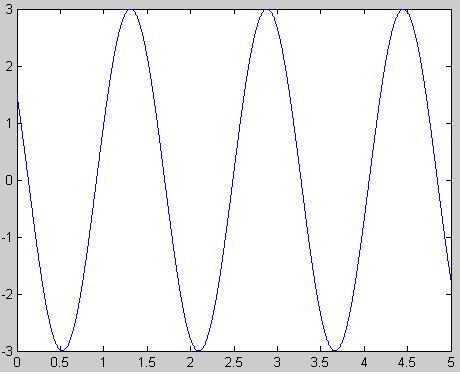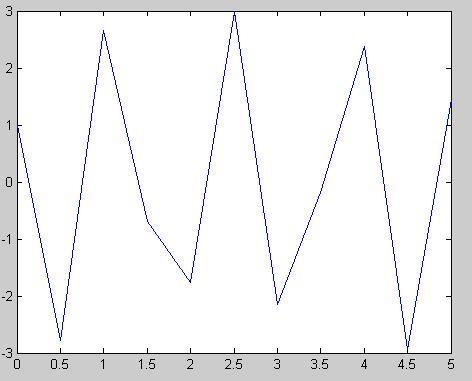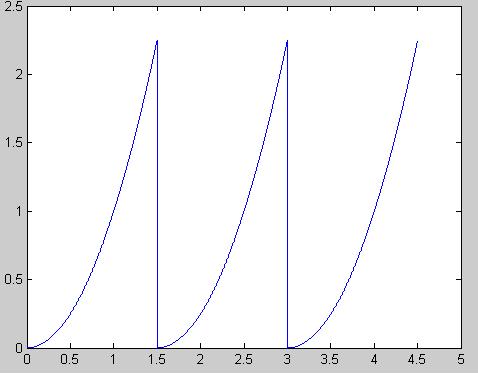(New page: == Problem 1 == I used my CT signal <math>x(t) = 3\cos(4t + \frac{\pi}{3})</math> from homework 1. The nonperiodic signal was created by sample .5 from 0 to 5) |
(→Problem 2) |
||
| (6 intermediate revisions by the same user not shown) | |||
| Line 3: | Line 3: | ||
I used my CT signal <math>x(t) = 3\cos(4t + \frac{\pi}{3})</math> from homework 1. | I used my CT signal <math>x(t) = 3\cos(4t + \frac{\pi}{3})</math> from homework 1. | ||
| + | The periodic signal was created by sampling .001 from 0 to 5 | ||
| + | [[Image:JAL_Hw2a1dtperiodic_ECE301Fall2008mboutin.JPG]] | ||
| + | The nonperiodic signal was created by sampling .5 from 0 to 5 | ||
| + | [[Image:JAL_Hw2a1dtnonperiodic_ECE301Fall2008mboutin.JPG]] | ||
| − | + | ||
| + | == Problem 2 == | ||
| + | |||
| + | I used Sangwan Han signal from homework 1 <math>x[n] = x^2</math> | ||
| + | |||
| + | [[Image:JAL_Hw2a1nonperiodictoperiodic_ECE301Fall2008mboutin.JPG]] | ||
Latest revision as of 08:13, 12 September 2008
Problem 1
I used my CT signal $ x(t) = 3\cos(4t + \frac{\pi}{3}) $ from homework 1.
The periodic signal was created by sampling .001 from 0 to 5
The nonperiodic signal was created by sampling .5 from 0 to 5
Problem 2
I used Sangwan Han signal from homework 1 $ x[n] = x^2 $




